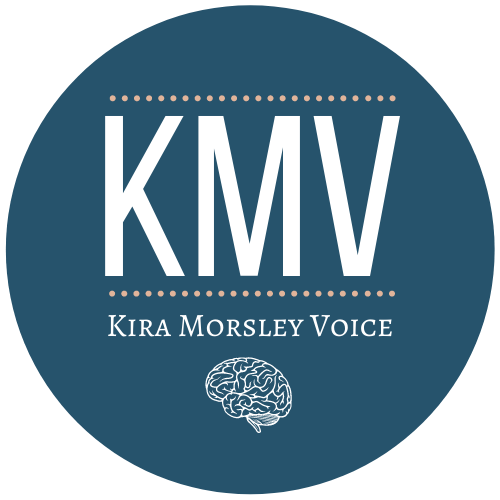Your Own Best Critic
Have you ever watched or listened back to a recording of yourself and thought, “That’s not how I sound!”?
Sorry friends, I have some bad news… that IS how you sound!
You see, the voice you hear coming out of your mouth every day isn’t what the rest of the world hears. This is because of the way that sound works. Your ears hear by detecting vibrations and then converting those vibrations into signals it then sends to the brain. When we hear things in everyday life, those vibrations usually travel through the air to reach your eardrum, but they can travel through other things as well, and this produces a different kind of sound. Think about what you hear when you’re underwater, for example, and how different it is.
This is what happens when you hear your own voice. Because your larynx (where you make the sound) and your eardrum are both housed in your body, the sound vibrations travel through the bone in your skull to reach your eardrums. The problem is, this sound, because it’s travelling through a different material, sounds different to sound you hear coming through the air. Of course, you also hear your own voice through the air, reflected off nearby surfaces, but it reaches your ears later, and your brain basically processes what it hears first. There’s a really good video explaining this here.
How does this affect how you speak and sing, I hear you ask? Well, because you can’t really trust what you’re hearing, it’s all the more important to pay attention to what you feel.
I’m sorry, here’s more bad news: watching or listening to recordings of yourself is a really good way to find out what sound you’re actually making. You’ll get over the awkwardness that we all feel, and you’ll start to associate what you’re feeling with the sounds that you’re making to the world outside your head. It also frees you up from listening to yourself in the moment, so you can concentrate on the main thing you’re trying to do: communicate!
You don’t need fancy equipment, most smartphones will do the job, but if you have a mic that you can use, then great. Video is more useful than audio, because then you can also see what you’re physically doing while you’re making a particular sound, but audio alone can also be helpful.
Start by recording your lessons, so you can start to associate particular exercises and corrections from your teacher with particular sounds and how they feel. You might be surprised what you hear! At first, try to focus on things you do well, as it’s really easy to only notice your flaws and get discouraged. It’s also important in the beginning to work with a teacher you trust, and who can help you interpret what you’re seeing and hearing. Here’s a few other things to look and listen for:
How you’re holding yourself - our alignment often drops without us noticing, and this makes a big difference to the voice.
How you’re breathing -
Are you making a clean, clear sound?
What’s your jaw doing? Is it tight? Is there too much jaw movement?
Do you sound overly muffled? Or too nasal?
Listen for articulation - can you be understood?
Are you believable and connected to what you’re trying to say? That’s the aim of all this, after all!
Remember, no one else has to watch these recordings if you don’t want them to, and you can be free to make mistakes and try new things. An added bonus, if you record regularly, is being able to track your progress and see how you improve!
Happy Recording!
